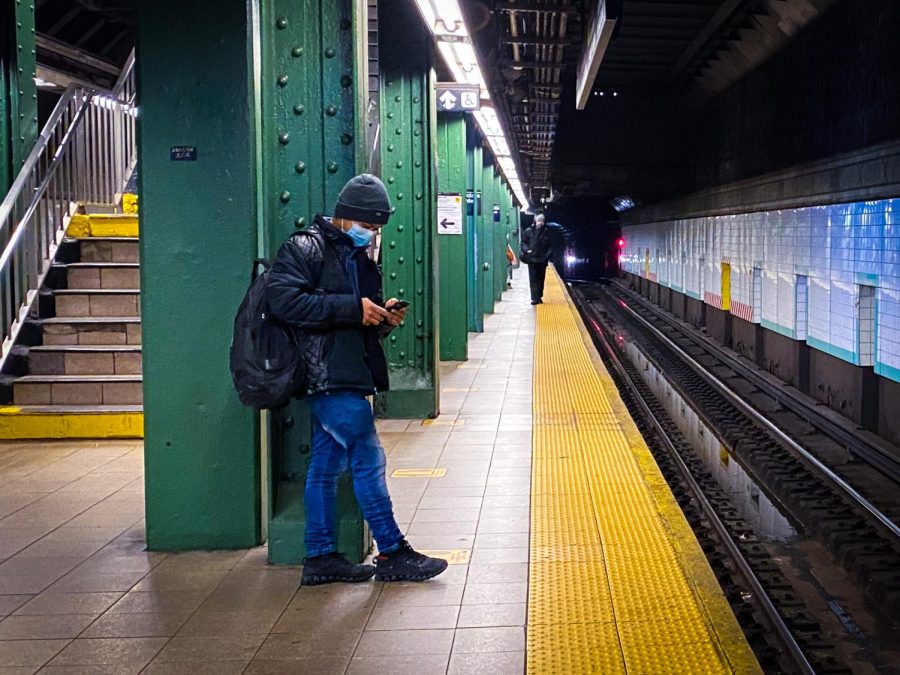MTA must install barriers on train tracks
February 25, 2022
Following a series of deaths on New York City’s subway lines, calls are growing for barriers to be installed on the subway platforms.
The killing of Michelle Go, a 40-year-old Asian woman, by a homeless man was largely responsible for renewing such calls, but other killings have occurred, with three deaths on Feb. 15 alone.
With crime on the rise in New York City, people are justifiably scared to ride the subway to work. Many have tried other methods of commuting, including via Uber. No one wants to be the next person shoved in front of a subway car.
Homicides aren’t the only worry. Mental health issues following the pandemic are a cause of serious concern. With roughly 52% of subway deaths coming via suicide, and mental health concerns escalating, there’s potential for real damage.
It doesn’t have to be this way. Installing barriers on subway platforms, which was already done in several other countries, has proven to be effective. In Japan, a study linked the installation of barriers to a 76% decrease in suicide attempts.
Additionally, having such barriers would prevent someone from being pushed into an oncoming train while distracted.
Barriers also have the potential to prevent people from dropping their belongings onto train tracks, which can, in turn, prevent people from being hit when they attempt to retrieve them.
While it may be an expensive task, the benefits of installing barriers on New York City’s subway lines are a necessary investment in the safety of New York.








